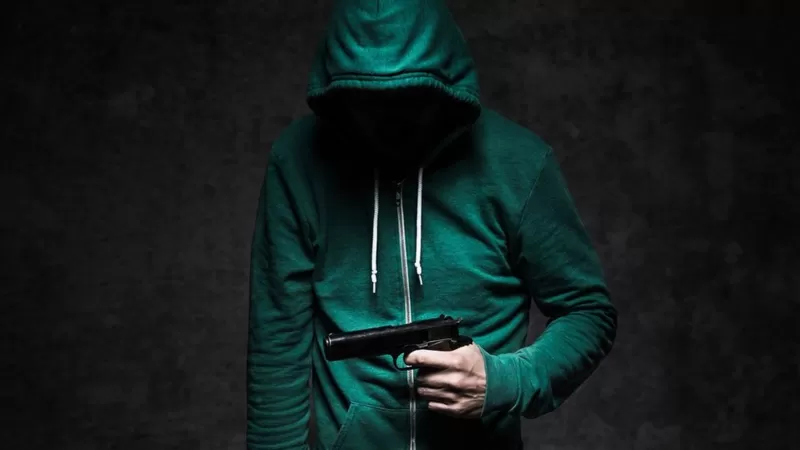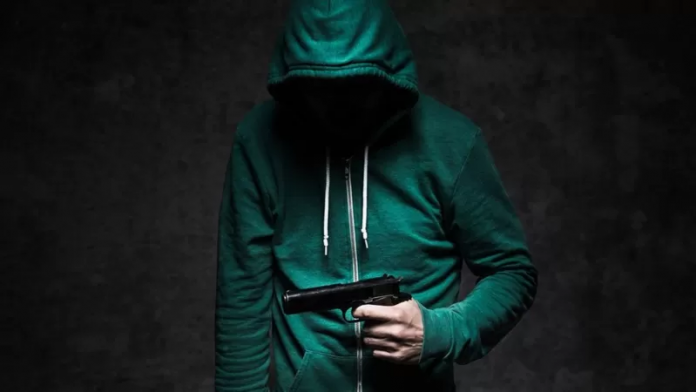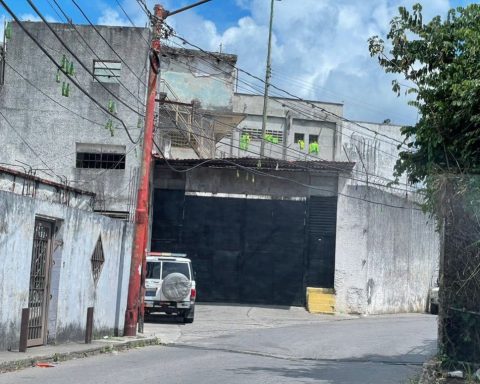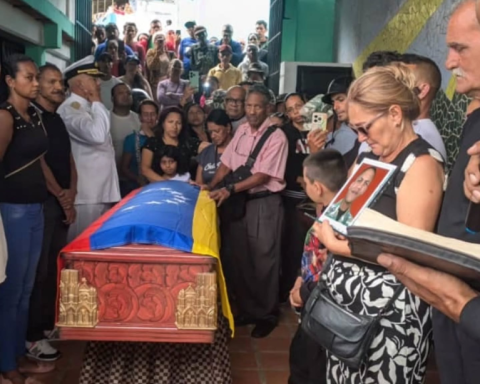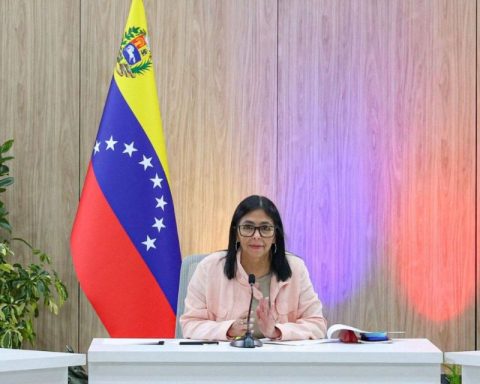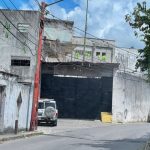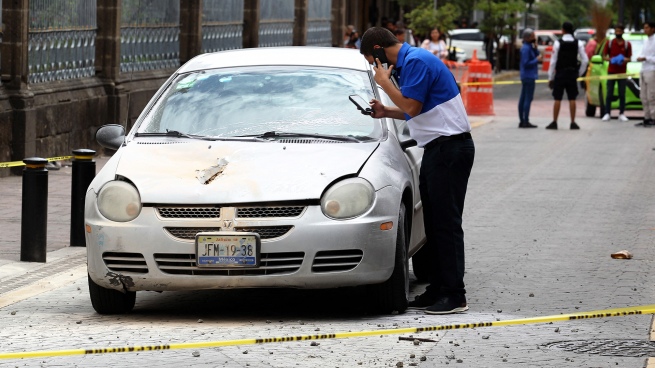Two days after the execution of assassin Mark Stroman – he killed 2 people and wounded a third in a shootout in which he sought to “purify” the US from Islam after the attacks of September 11, 2001 – British journalist Alex Hannaford managed to interview him.
“We were doing the last interview, and he was very sorry and he said, ‘Look, I have nothing to lose by telling you that I’m sorry for what I did. I’m going to be executed in a few days, but I want people to know that if there is something I can do with my life, it is to tell them that it is not worth it, that I was wrong. I was full of hate‘” Hannaford told BBC World.
For almost 20 years, the journalist dedicated himself to visiting the prisons and death rows of Texas, looking for stories that reflect the injustices of the prison system American. Also, he was interested in the issue of gun ownership.

Living in Texas, Hannaford had had to cover gun control on a regular basis, something that inevitably led to mass shootings.
“I was thinking about these shootings that had happened, and I thought, ‘We should investigate what would have stopped these people, in the moments before they did it.'”
With that idea in mind, Hannaford tried to contact 50 people who were serving sentences or who had been sentenced to death for perpetrating mass shootings. Twelve responded, a considerable number considering that the majority of mass shootings end with the death of the killer.
And from their conversations, the journalist concludes that there is no single way to solve the problem of shootings because it is not a problem with a single cause.
In addition, he says that it would be more productive to try to understand why these mass murders happen, than to continue “dehumanizing” the murderers and discarding what they can contribute.
This is a summary of Alex Hannaford’s interview with BBC World:
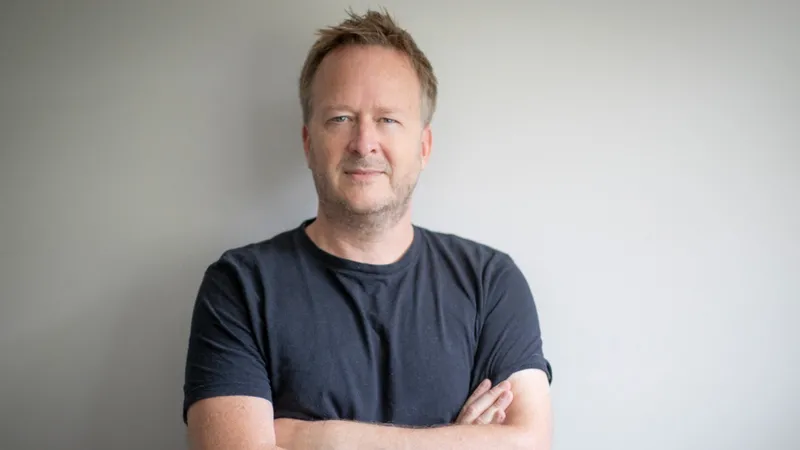
How does one go about interviewing a mass murderer without making the mistake of giving a platform to a person who takes innocent lives?
I lived in Texas for 20 years, covering the border and the death penalty. I focused on investigating wrong and exaggerated sentences. And during those 20 years, one of the themes that I saw most consistently was guns.
I have approached the subject from different angles and perspectives, and that is how the idea of interviewing the perpetrators of mass shootings came to mind.
Every time there is one of these shootings, the same questions come up and the answers are too polarized: Republicans saying it’s a mental health issue, while for the left it’s guns.
And I always thought the truth was somewhere in the middle. It was then that I thought: “What could have stopped these people just before they committed such an act?”
I was very aware of the controversy that it was going to cause (the article on the subject that he wrote for GQ magazine in the United Kingdom), because there is a growing movement – particularly on social networks – that seeks not to name these killers, and I get it.
But for journalists it is different. And when the story came out, I thought I was going to get pushback from these people, but I didn’t. I think it was because I included the doubts I had about it as part of the story.
Also, in the cases of some of the people I interviewed, the incidents happened many years ago and I think they have had time to think about what they did and, in some cases, they have managed to articulate very deeply their feelings about it.
Did you have reactions from some of the victims’ relatives when they found out that you were going to talk to the murderers of their loved ones?
I will tell you one of the cases.
One of the people I interviewed was Paul Devoe, who is on death row in Texas.
There was something attached to her case from the Texas Department of Corrections, saying that if there were ever requests for an interview, the family wanted to be notified.
I received an email saying that he was the son of one of Paul Devoe’s victims and that he wanted more information about the story he was writing. I called him on his way to the prison to interview the murderer of his relative and explained that I did not intend to put him on a pedestal but to ask him what would have stopped him.
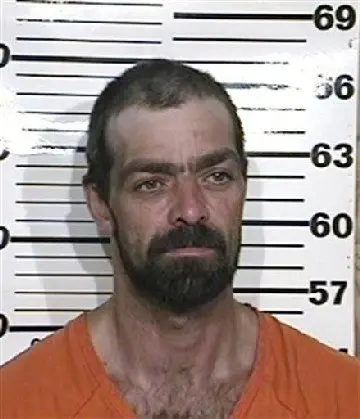
And he told me he really appreciated that I was doing it. Also, she told me that he had always wanted to know if Devoe had any remorse for what he did.
So I asked him, and he said yes. The family member later told me that it was the first time, almost ten years after the act, that he had heard, even through someone else, that the murderer was sorry.
On what points did these people agree when you asked them about what would have stopped them before killing so many people?
Many agreed that it was very easy to access weapons.
Stories in which they tell you that their uncle had a gun, they knew where it was, in what room, they knew it was within their reach, and when that moment comes when their vision blurs, when they know the madness they are going to commit, the gun was the easiest.
They also agreed that it is a mental health issue and that they had been in this spiral for a long time. This is not something that happens overnight for a mentally ill person: it’s a slow spiral, a steady descent into that state, and they had no help available.
And what measures do you think, based on what these murderers told you, that would be effective to begin to control this type of incident?
To me, there are two ways to go about this: I think red flag laws seem to be pretty effective in the states that are implementing them.
Red flag laws allow family members of someone who is at risk of harming another person – or themselves – with a gun to ask the police to take it away from them.
The police go to a judge the same day, they say they have to take the weapons away from that person because they can hurt someone or themselves, and they can take them away.
And there is something interesting about this. One of the side effects of the red flag laws that I don’t think anyone expected was that it affected the number of suicides in those areas to the point that it had a real impact on reducing suicide rates.
What other measures?
I think one step that I’ve always found very easy to implement is to force people who have guns to lock them up.
In other words, we’re saying that if you don’t lock up your gun and your gun is taken away, you’re not breaking the second amendment to the Constitution (which protects the right of American citizens to have guns) because no one is saying don’t gun them. you can have
We’re simply saying that if you have a gun, it has to be locked up at all times.
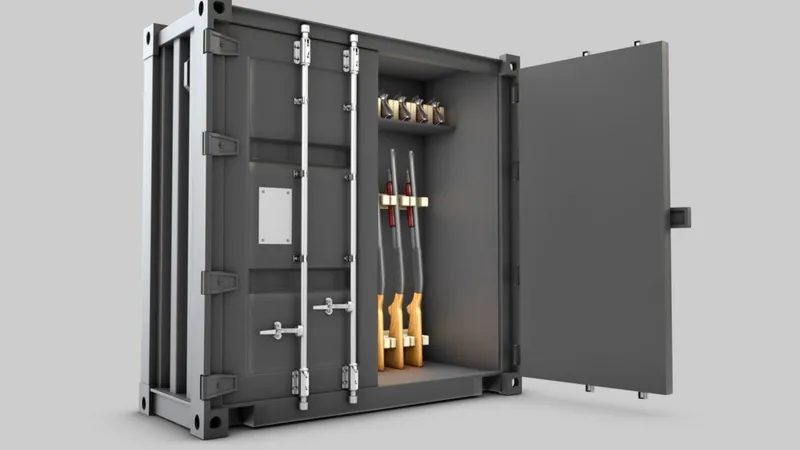
In the UK, my dad has shotguns that he uses for sport shooting – he’s been doing it for over 30 years – and, over there, in order to do that, a policeman from the local jurisdiction has to come to your house, check the documentation and inspect the safe in which you keep it.
In addition, they make sure that the safe is secured to the wall, that you keep only one key to open it, and that it is stored somewhere known only to the owner.
What do you feel you have learned in conversations with these killers?
Paul Devoe is a good example to answer you, because when he carried out his shooting, he talked about the amount of liquor and methamphetamine he consumed before doing it, so he doesn’t even remember the trip he drove in his car. (Devoe killed his ex-girlfriend and his relatives in Texas, then killed a woman in Pennsylvania to steal her car and was arrested in New York three days later).
So one can imagine what happened to him. And I’m not excusing it. I’m not religious, but have you heard that expression ‘by the grace of God, I am what I am’? It means that one could find oneself in the same situation.
And it’s not because I could do something like that, it’s more the feeling of listening to these people and understanding what they are saying. And if there’s one thing I’ve learned after years of interviewing people in prison and on death row, it’s that they’re people just like you and me.
Perhaps that is the most terrifying thing: they are not monsters.
The first time I went to death row in Texas, in 2003, I was pretty scared. I had never been in a prison, much less on death row. And I was wondering, ‘Am I going to meet monsters?’, because it’s very easy to dehumanize them for what they’ve done.
But the truth is that when you sit in front of them, you feel that they are normal people with whom you could be having a beer on the street. But they’re telling you the worst thing they did on the worst day of their lives.
And I’m not excusing them.
I’m not saying they shouldn’t be where they are, but sometimes it’s very easy to dehumanize them, and I think it would be better for everyone if we sat down with them and asked them why they did what they did instead.
Your research was published in 2018, a year of well-remembered shootings like the one in Parkland, Florida, and the Pittsburgh synagogue.
This year we saw 21 people, mostly children, lose their lives in UvaldeTexas, something that led both parties in the US Congress to pass a law that restricts, albeit timidly, the carrying of weapons. Do you feel that this changes anything we have seen so far?
No not at all.

Nothing is going to change because they haven’t really done anything to really face the situation. These young men still have access to these weapons that they use for these mass shootings: AR-15s.
I don’t think the problem is that the US has a monopoly on people who are willing to commit these types of acts. I think these people are everywhere. So I can only say that the problem has to be the weapons.
And that of mental health, because these people are not receiving the help they need because in the American health system, mental health is expensive, only people with a certain income can receive it.
And know? The United States prioritizes the rights of the individual over collective rights, so there will always be people, especially in the southern states, valuing the rights of a person who carries weapons more than those of a father like me, who does not want your daughter grows up in a place where weapons proliferate.
So no, I don’t think it’s going to change anything…
